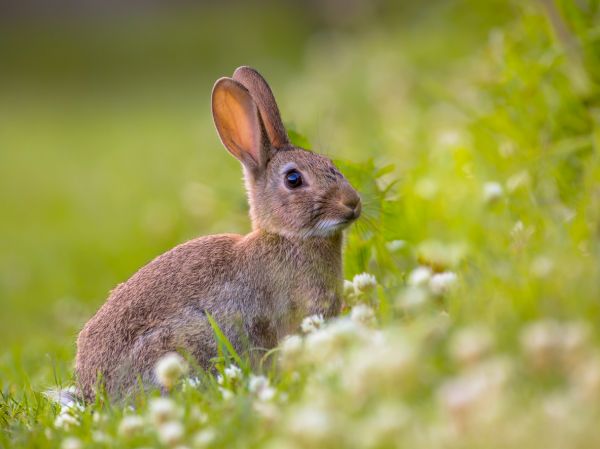Conservation matters: Lawn mowing tips that benefit wildlife habitat
Posted on:Mar 14, 2023

Our lawns are so much more than green space. Grassy areas are home to wildlife and offer shelter, food, a place to nest, hide from predators and ultimately survive. We need birds, hedgehogs, shrews, mice, toads, and worms to provide biodiversity and consume pests.
A lawn cut to a uniform, short height is basically an eviction notice to beneficial insects and wildlife. This is not to say you should let the whole lawn go wild. But there are mowing tips you can put into play to maintain an attractive, healthy lawn while helping garden wildlife thrive.
If you care about wildlife and you want to mow some of your property, here are some conservation-minded strategies that will promote a diverse habitat while allowing for cut spaces, too.
Mow Paths and Patterns
In open land areas that are not part of your lawn, consider mowing paths to areas like gardens, a shed, or your property line. You can also practice rotational mowing by cutting strips of shorter and longer grass or blocks. The more unmowed area you can preserve, the better for the wildlife habitat because species have a place to feed and take shelter. So choose an area of your property as your “yard” to mow, and limit lawn maintenance on the rest. A variety of grass lengths supports a diverse ecosystem.
Allow Lawn Edges to Grow
If your property borders a tree line, brush, windbreak or hedgerow, avoid cutting all the way to the edge. Allow a generous strip of grass to grow as a buffer that will encourage a diverse wildlife habitat. The same is true for grassy areas that border ponds or wetlands.
Avoid Lawn ‘Short’ Cuts
For the area of your property you want to keep tidy, be sure mower blades are raised to at least three inches. Cutting it too close makes the lawn more susceptible to weeds, disease, and drought stress. Plus, beneficial pollinators and spiders that hug the ground need a few inches of grass to survive and thrive. A well-kept lawn mowed at the proper height allows wildlife to nest, hide and feed.
Wild About Mowing? So Are We!
Mowing paths, circles and allowing grassy areas to grow tall will help establish a rich habitat for beneficial insects, birds, bees, and wildlife that depend on brush.
Interested in more mowing tips from the pros at Grasshopper? Check out our library of how-to videos ,or sign up for our newsletter. Thinking about a new mower? Our team can help you choose the best model for your needs.

